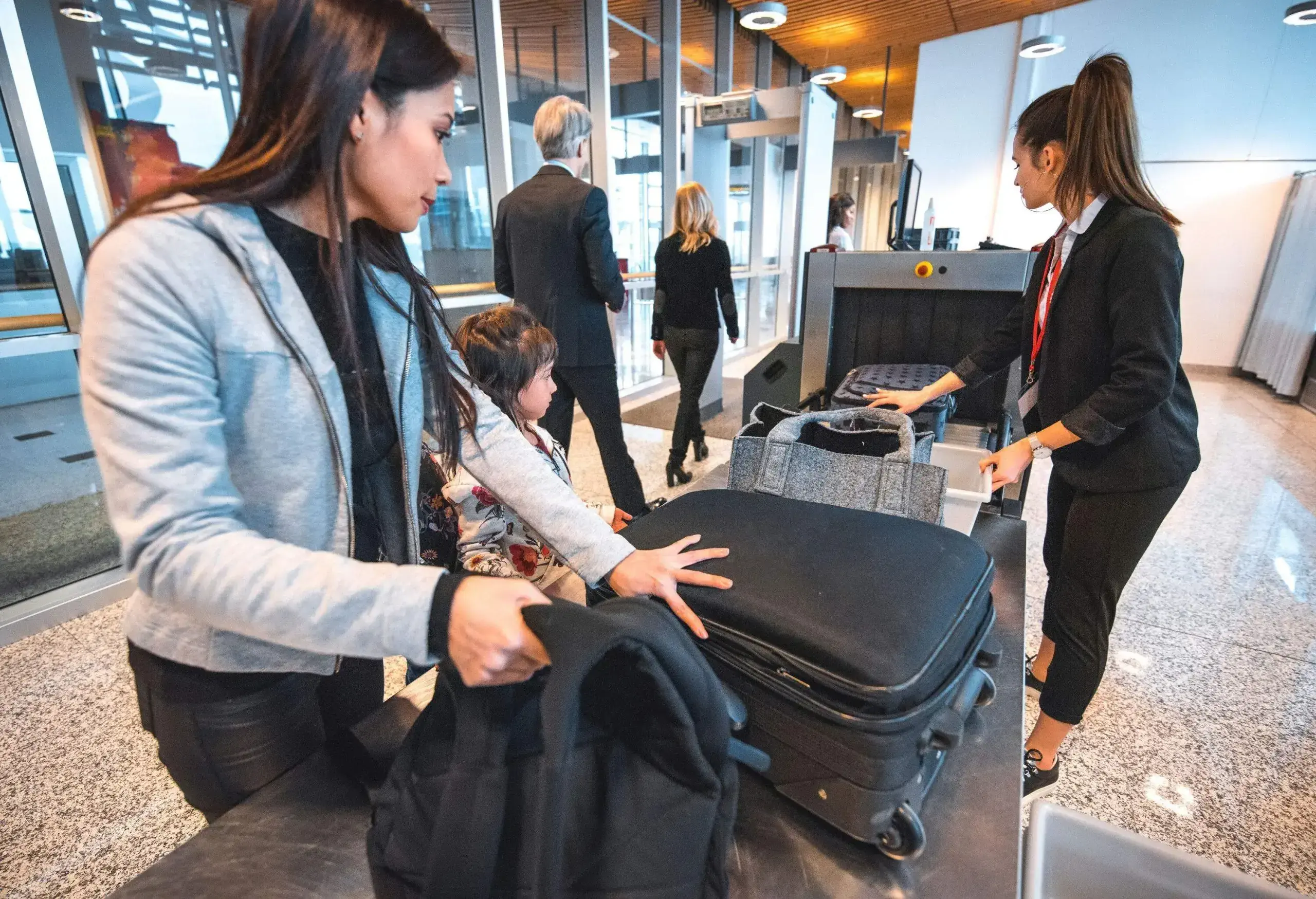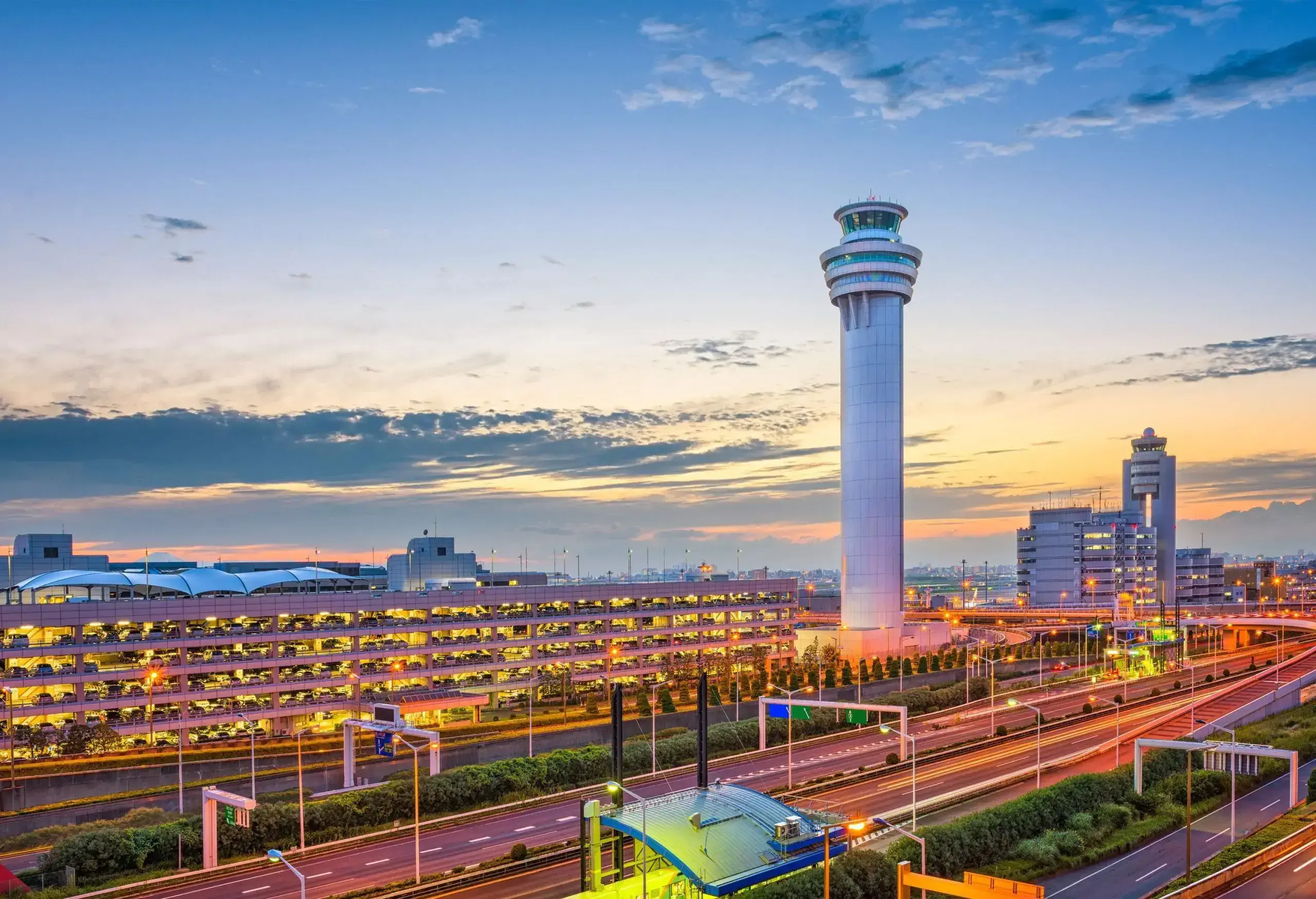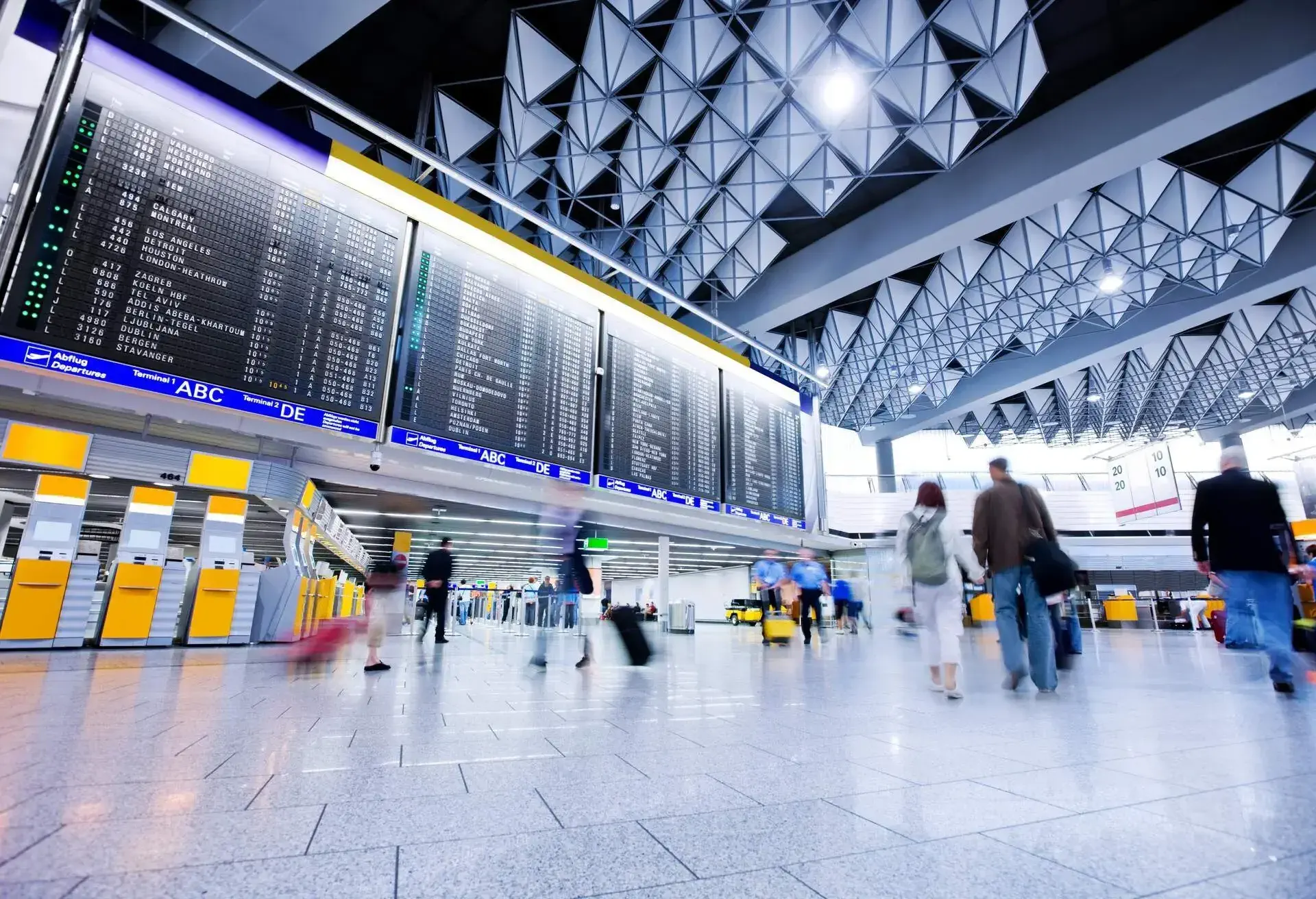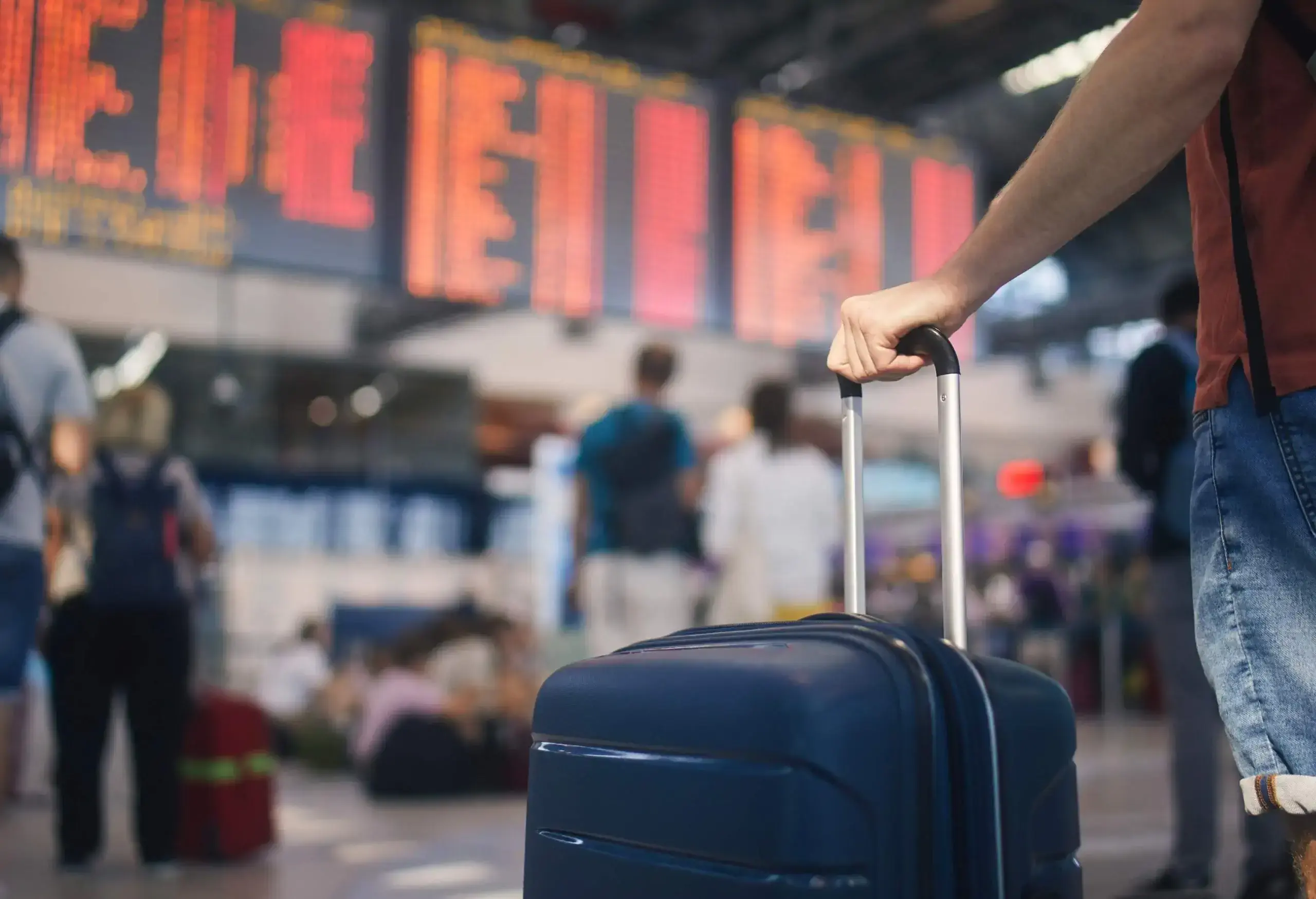A long layover can be an excellent way to see a new destination at no extra cost for additional airfare. But leaving the airport is a risky move that requires careful consideration of several key factors – most notably, how much time you have. Here’s what to know if you’re pondering a common question among frequent flyers: should I leave the airport during a layover?
Can you leave the airport during a layover?
Technically, yes. But whether you should is another story. The answer depends on three main factors: how much time you have between flights, whether you’re flying domestically or internationally, and how long you’ll need for your out-of-airport exploration, accounting for transit times both ways.
Can you leave the airport during a layover on a domestic flight?
Yes. But considering that many domestic flights have layovers only a few hours long, and not all UK airports are strategically located near a city centre, it might be best to stay put.
Can you leave the airport during an international layover?
That depends on two major factors: how much time you have (at least four to five hours, minimum), and whether your passport allows visa-free travel in the country you’re in.
If you’re considering exiting the airport, be sure to plan accordingly. Start by working backwards from the boarding time for your connecting flight (not the departure time, which can be up to an hour later). Factor in transit time both ways and how much time you’ll need to clear security and immigration.
Whether the remaining time left is enough to explore the city is a personal decision. If you’re travelling solo, for example, you’ll be far more nimble than if you’re with your whole family. But if you decide to go for it, remember to factor in a buffer so if you hit a snag (like traffic), you still have enough time to make your connection.
Are you allowed to leave the airport during a layover?
If you’re flying within the UK, leaving the airport is allowed. But before you head for the exit, make sure you have plenty of time to get back, pass through security, and get to the gate for your connecting flight.
The question becomes trickier on international flights, especially when the country where you’re transferring requires a visa or other necessary travel document. If you do plan to leave the airport in an international destination, be sure to double-check with your airline (or local embassy) ahead of time whether you’ll need a visa. Depending on the country and the passport holder, rules can vary widely.
What are the best types of layovers for leaving the airport?

Some layovers are much better suited for passengers who want to leave the airport; others, not so much. Here’s what to consider.
What is a standard layover?
Standard layovers generally last around two hours, giving passengers sufficient time to make their way across the airport to board connecting flights. Standard layovers are often longer for international flights in order to account for longer boarding times and any extra security checks.
What is an extended layover?
An extended layover generally refers to a long layover, but there’s no official length of time. It can be anywhere from four or five hours, up to a full day, or even longer. Extended layovers are most common with international flights. They also offer the best opportunities for leaving the airport.
What is an unexpected layover?
An unexpected layover, sometimes called an unplanned layover, is just like it sounds. They can happen when a flight is cancelled, delayed, rerouted, or otherwise disrupted because of weather, a mechanical issue, or another complication. In such situations, the airline is usually (but not always, especially in the case of weather) responsible for arranging passengers’ accommodation and rebooking them to their final destination.
What is an overnight layover?
An overnight layover is self-explanatory: it happens overnight. But while spending the night in an exciting new destination may sound tempting, there are some important aspects to consider. One is cost. It’s important to note that if a passenger books a flight with an overnight layover, airlines don’t typically cover hotel fees or other expenses. The exception is if an overnight layover occurs because of an airline issue, such as a delayed flight that causes a missed connection.
What is a stopover?
A longer layover of about 24 hours (or more) is sometimes referred to as a stopover. Certain airlines offer stopover programmes designed to encourage passengers to stop in a city for an extended period of time before continuing to another destination at no additional cost. Check out this guide to learn more about the differences between a layover and a stopover.
Generally, stopovers are the best bet for leaving the airport during a layover – that’s their entire premise, after all.
Factors that determine if you can leave the airport during a layover

The most important factor in determining whether you can leave the airport during a layover is how much time you have between connecting flights. But you also need to consider other important aspects, including how long it will take you to get through security again. Here’s what else to keep in mind.
How long does a layover need to be to leave the airport?
It’s fair to say that you’ll need at least four to five hours, and ideally several more, to leave the airport, enjoy some quick exploring, and make it back to the airport in time to clear security to make your connecting flight.
Be sure to factor in transittime and how long it will take to clear security (and customs/immigration if you’re flying internationally). If it’s a large airport (we’re looking at you, London Heathrow), don’t forget about how much time you’ll need to make it to the gate.
What can you do when you leave the airport during a layover?
Think of your mini pit-stop as a highlight reel. You won’t have time for a deep dive into a new destination. Instead, create an efficient itinerary that hits a few landmarks or activities that strike your fancy.
After mapping out the fastest route to the city centre, get ready for some speedy sightseeing. One way to pack in plenty of sites is via a hop-on, hop-off bus tour, which are offered in many major cities. For self-guided exploration, consider making reservations for popular museums or other attractions to avoid long entry lines. And if you sit down for a meal, remember that in many restaurants in Europe, service can operate at a much slower pace – and you may have to wait for the bill.
Do you have to go through security again to make a connecting flight?

Yes. Security wait times are a major factor to consider when deciding on whether to leave the airport during a layover. Don’t be fooled by what looks like a short queue on your way out. Lines can quickly build, especially during peak travel times like Friday afternoon.
Here’s where priority traveller programmes like Fast Track or Heathrow's new Timeslot initiative can come in extra handy. But keep in mind that even with these time savers, there are no guarantees to clearing security quickly. (If you do miss your connecting flight, you’ll need to rebook yourself at your own cost – more on that below.).
And if your connecting flight is international, don’t forget that after clearin security you must also pass through border control, which will require even more time.
What to do with luggage if you leave the airport on your layover?
Many airports provide lockers for passengers as a convenient spot to stash their luggage for a few hours.
Some lockers can be accessed via credit card. But some still work only with cold, hard cash (especially in airports that haven’t yet become fully digital). So having a few bills and coins in the local currency can save both time and stress.
What happens if you miss your connecting flight?
What happens if you miss your connecting flight depends almost entirely on what caused you to miss it. If it was because of an airline-related issue (such as a mechanical problem on the aircraft), the airline is responsible for rebooking you to your final destination.
But if the missed connection is your fault – perhaps you spent a tad too much time browsing at a local artists’ market – you’ll have to cover any rebooking costs. Some airline employees might take pity on your plight, but don’t expect much mercy (especially with budget airlines and low-cost carriers).
High risk, but high reward

Leaving the airport during a layover isn’t for everyone, or every trip. But it’s doable – and it can even be a highlight. Just be sure to plan carefully, stay flexible, and remember the risks.
For inspiration on how to start planning your next trip (whether you’ll be leaving the airport or not) be sure to check out KAYAK’s resources, such as our handy Flight guide.
How this guide was created
Over more than two decades of flying, both on assignment as a travel journalist and on personal trips, I’ve left the airport during a layover exactly once. (On a 40-hour journey from Rome to Australia, I had eight hours in Bangkok, and I took a cab to check out a nearby market.). It made for a great adventure – but only because I had a big chunk of time, I was travelling solo, and I did my research beforehand.










